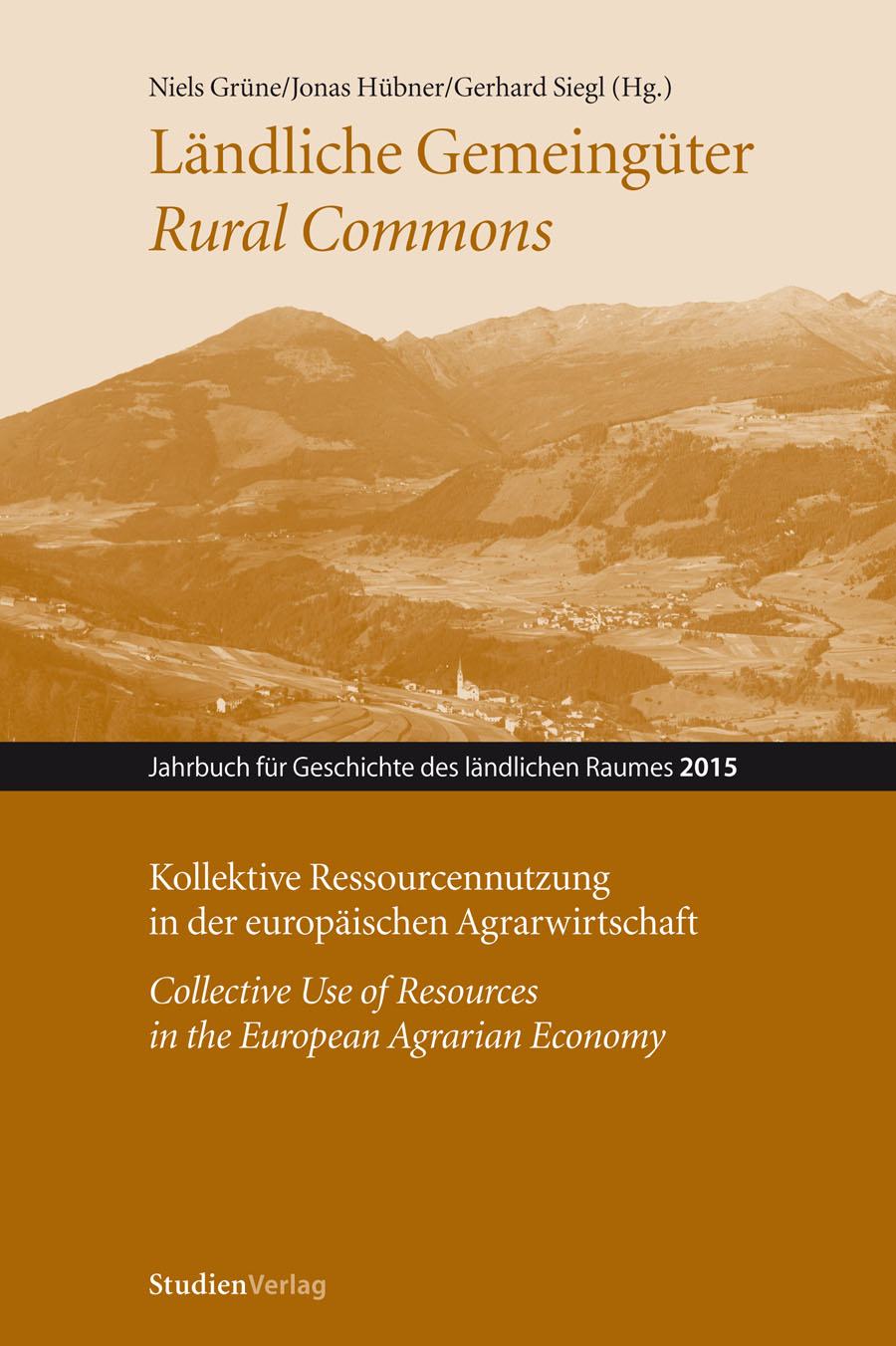Agrargemeinschaften und Gemeingüter in Südtirol
Beobachtungen zum Spannungsfeld österreichischer und italienischer Rechtsordnungen
DOI:
https://doi.org/10.25365/rhy-2015-11Abstract
In South Tyrol, which belonged to the Austro-Hungarian Empire until the end of World War One, common properties had played an important role in livestock farming and forest management since the Middle Ages. A large part of these common lands were possessed by rural communes. But there also existed collectives of farmers called ‘neighbourhoods’ which claimed special rights (‘from time immemorial’) to use a part of the common lands as their
own. In most cases the Austrian legislation of the nineteenth century acknowledged the rights of these neighbourhoods. As a consequence of the peace treaty of Saint-Germain (1919) South Tyrol became part of the Italian kingdom. In 1927 the Italian government enacted a law in order to regulate the use of rural commons in a homogeneous way. The common lands were assigned to the rural communes by special decrees. But the lands of the neighbourhoods
were in many cases also declared as common lands and assigned to the rural communes. Only after the commencement of the so-called First Statute of Autonomy, which permitted legislative competence to the provincial government of South Tyrol (Bolzano province), was it possible to re-establish the neighbourhoods and to restore their collective property.


